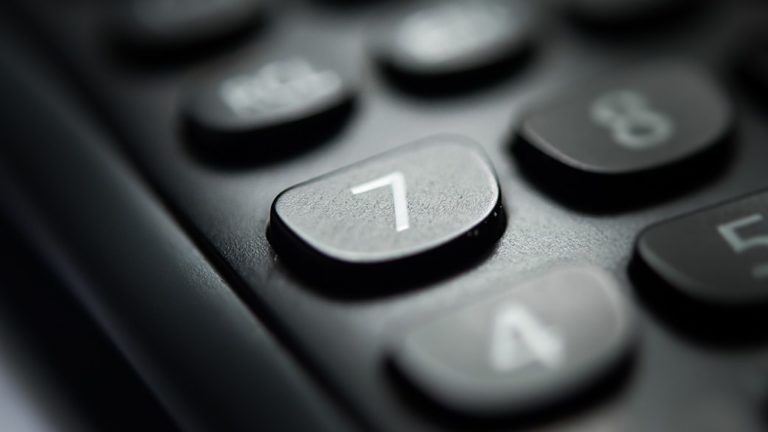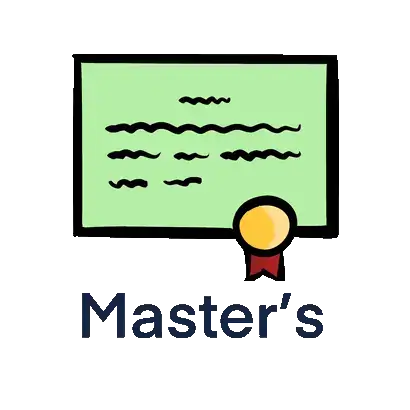Top 10 activities for home schooling GCSE Maths
Here are John's top 10 activities to rekindle the mathematical spark in home schooling parents, and to inspire some awe and enthusiasm in their children.
Maths is a subject that many parents have mixed feelings about. They know it’s important, but they sometimes feel like they’re not very good at it. Even if they use mathematics in their job, they might have lost sight of the awe and wonder that has captivated (some) humans since antiquity. Maths is worth learning about not merely because it can help with all sorts of daily activities, and not merely because it opens up career pathways that can be lucrative and fascinating, but also because the subject is inherently absorbing and rewarding. This last aspect is what mathematicians often refer to as the “beauty” in mathematics, and it’s the holy grail that every maths educator wants to help their students discover.
1. Make home projects maths-focussed
Maths is everywhere, and it’s not hard to find opportunities to estimate and measure physical quantities such as time, length and weight, and to investigate ways of working out areas, volumes and costs. Grasping these basic concepts in practical situations is the foundation for more imaginative and abstract questions.
Repainting the bathroom
- What surface area needs to be painted? How can you calculate the area of an irregular shape?
- How many coats of paint are needed? How thick is one coat of paint? How could you measure the thickness of a coat of paint?
- What volume of paint will be enough to finish the job? How many tins of paint will we need? What’s the best price you can find?
Buying a new piece of furniture
- How big is it? Where will it fit? Can I lift it up and move it around myself? Will it fit through the door?
Doing the weekly shop
- How much will it cost? How nutritious is the food? How much waste do we produce?
Baking a cake
- What volumes and masses of ingredients do we need? What is the right temperature for the oven (in degrees Fahrenheit and Celsius, and in Kelvins)?
Gardening
- How can you mark out an oval-shaped flower bed?
2. Origami
Any origami project is a chance to think about angles in two dimensions and in three dimensions. Modular origami projects, which build up regular solid shapes out of 20 or 30 smaller units, are an eye-catching and meditative way of investigating geometry on a rainy Tuesday. Placing a shape on or next to a mirror can be useful for thinking about planes of symmetry; drawing nets and counting nodes, edges and faces can also lead to investigations in topology. Here are some ideas: https://www.pinterest.co.uk/explore/modular-origami/
3. Mathematical mysteries
How many categories of mathematical mystery are there? Here are some questions to start a conversation about the relationship between epistemology and mathematics, which is a fascinating way to approach GCSE topics including number, probability and set theory:
- Things that we don’t know (e.g. What is the rule for generating prime numbers?)
- Things that we know but which seem odd (e.g. It’s better to switch doors in the Monty Hall Problem)
- Things that we can’t know
- Things that are provably unprovable
- Things that are self-contradictory (e.g. “This sentence is false”)
- Things that we don’t have the resources to calculate
https://plus.maths.org/content/category/tags/mathematical-mysteries
4. To the nth degree
The rule for generating the nth square number is easy. You just square n. But what is the rule for generating the nth triangular number? Or the nth pentagonal number? Or the nth dodecahedral number? Finding rules to generate sequences is useful:
- Gather some data. Make a list of the first half dozen numbers in a table with two columns: n and the nth number in the sequence.
- See if you can find the rule by inspection.
- Use an algorithm. Find the difference between each term in the sequence, and add this in a new column in your table. Is the difference between consecutive terms always the same? Does it change in a regular manner? Can you see the rule by inspection now? If not, find the difference in the differences, and add that to a new column. Repeat as necessary. Can you make a flow chart for this algorithm? When should you abort the process?
5. Symbols and codes
What are all the mathematical symbols that you can think of?
- Numbers
- Letters (variables e.g. x and y; parameters e.g. a and b; constants e.g. π and e)
- Operators (e.g. +, √ and =)
What other symbols are there in GCSE maths? Does every operator have an “opposite” (i.e. an inverse)?
6. Algebra 1: Modelling
Algebra can be used in modelling real-life situations. For example, if a bath tub requires 200 litres to be full enough for bathing, and a tap can provide 0.5 litres per second, how many minutes will it take to fill the bath? (You can try to derive the equation time t = 200 / (0.5 x 60)). How long would it take if the plug was not put in, and water was simultaneously escaping at a rate of 0.4 litres per second? What about if the rate of water escaping depended on the height of the water in the bath? This would require you to express the 200 litres as a volume in the form 200 = height x area, e.g. 20 x 10.
7. Powers of 10
This classic mind-expanding video is a way into magnitude and standard form. We need that way of representing numbers if we want to do cosmology or quantum physics. Looking at the whole scale of reality, and considering our place in it, hints at the unsettling paradigm shift brought about by the heliocentric model of Copernicus, and indicates the rate of change in humanity’s understanding of itself since then. Watch this: https://www.youtube.com/watch?v=0fKBhvDjuy0
8. Statistics
Think of a number between 1 and 100. Type it into Google along with a % symbol. Open the highest news article in the search results.
- What does the statistic refer to?
- Is it being used in an intellectually honest manner, or does it mislead the reader? How?
- For example, is a relative increase being reported when an absolute increase might be more informative?
- Is the sample representative of the population, or was it a sample of readers of one particular newspaper?
- Is a mean average being reported when a median average could be more informative?
9. Algebra 2: Equations and graphs
A graph plotter such as www.graphsketch.com can be useful for quickly seeing the connection between equations and graphs. Spend some time adjusting the X and Y ranges, and also making sure that you have the syntax down for the equations, e.g. y = x2 + sin x should be entered as y = x^2+sin(x).
- Overall shapes
- What does the graph of y=x2 look like? What about y=x3? What about y=-x2? What about y = sin x?
- These graphs contain asymptotes. Can you think of others?
- y = tan x
- y = 1/ x2
- Transformations
- What is the relationship between f(x) and f(x)+2? What about f(x+2)? Or 2(f(x))?
- How do you make a graph stretch in the vertical direction by a factor of 2 and translate rightwards by 3 units?
- Solutions and sketches.
- You can sketch a quadratic graph by working out some facts algebraically, and you can then check your results using a graph plotter. For example, the equation y = x2 + 4x + 3
- factorizes to y = (x + 1)(x+3), which tells you the roots are -1 and -3 (can you explain why that works? When won’t it work?)
- has the completed square form y = (x + 2)2 – 1, which tells you that its lowest point has coordinates (-2, -1) (can you explain that one too?)
- has a y-intercept at +3
- You can sketch a quadratic graph by working out some facts algebraically, and you can then check your results using a graph plotter. For example, the equation y = x2 + 4x + 3
10. Orienteering
This is a fun way to practise using bearings and scale diagrams, and it can be done on the micro-scale by mapping the locations of half a dozen rice grains a room in your house or on a larger scale, e.g. Geocaching, or completing a journey using an Ordnance Survey map. Check out: https://www.geocaching.com/play
Related subjects
Our tutors are rated 4.9 / 5 based on 1116 reviews.










Start the discussion!